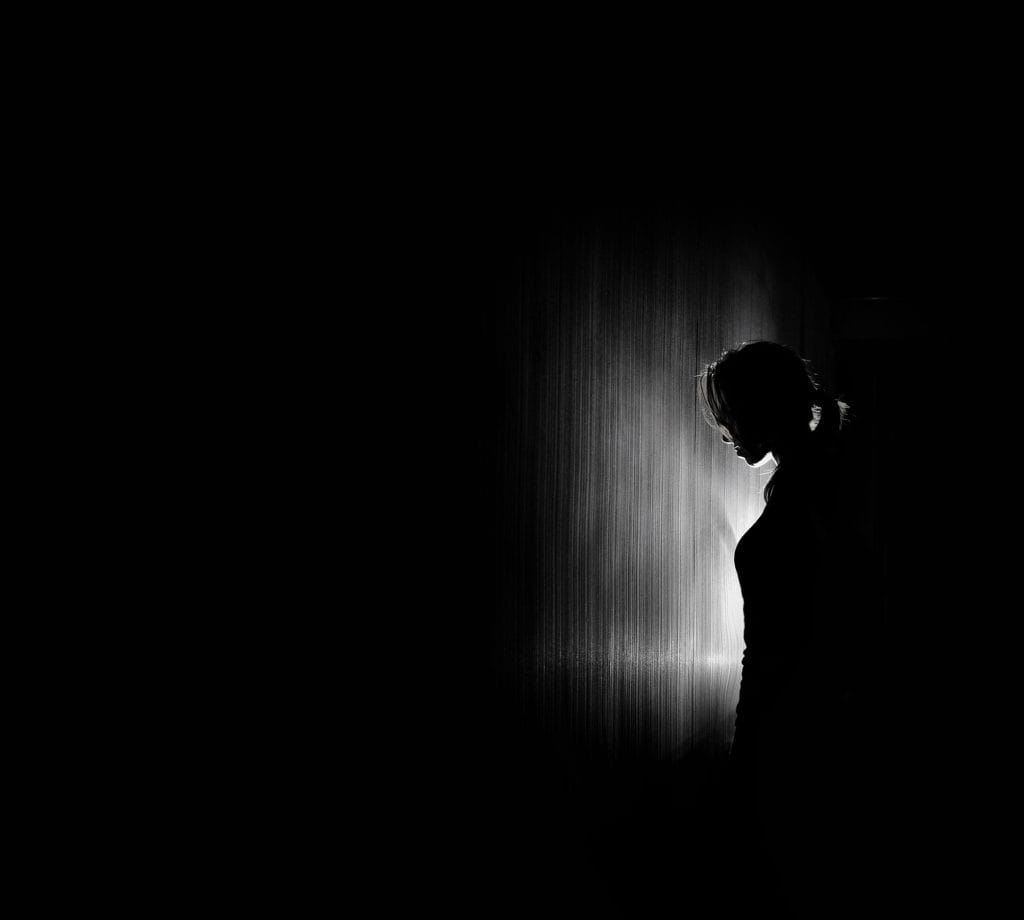 Up to ninety percent of Indians suffering with mental health issues do not receive any kind of healthcare for the condition, says President Ram Nath Kovind. Without any kind of intervention for this, he believes India will be subject to a mental health epidemic in years to come.
Up to ninety percent of Indians suffering with mental health issues do not receive any kind of healthcare for the condition, says President Ram Nath Kovind. Without any kind of intervention for this, he believes India will be subject to a mental health epidemic in years to come.
This comment comes amidst growing numbers of mental health patients. This growth however does not mean that there has been an actual rise in numbers of those with conditions. There may just have beenmore accurate diagnosis and a wider spectrum of symptoms falling under the definitions of a disorder.
“Our National Mental Health Survey, 2016 found that close to 14 percent of India’s population required active mental health interventions. About two percent suffered from severe mental disorders,” Kovind said. Despite the findings, vast numbers of those suffering from mental health conditions remain undiagnosed. Of those with a diagnosis, few receive treatment.
A key factor that will need to be addressed before India can make any headway against mental illness is public perception. For as long as people consider conditions such as depression as a stigmatic condition — a weakness — many will be deterred from seeking treatment.
“Often, people are in denial. The need for counselling and therapy is looked upon as a weakness,” says Bhavna, an architect from New Delhi who recently sought therapy for depression. In addition, close family ties in Indian culture often extend the stigma of mental health to affect the sufferer’s close relatives. This further dissuades them from seeking help, often isolating them for fear of their condition becoming an issue for the family.
President Kovind singles out stigma as a key issue to address. He believes that until mental health is treated as a disease that can be treated, the situation will not be resolved.
This calls into question how much of the problem of the ten percent treatment rate is caused by holes in healthcare infrastructure. In some instances the services may be available, though the individual may opt not to use them. In many areas, however, particularly in rural environments, mental health services may be entirely non-existent.
Kovind suggests a traditional approach to mental health treatment. This is in line with consistent shifts towards AYUSH services by the Modi administration. Traditional therapies may be able to fill the void of modern healthcare in some rural areas, but should not be seen as a complete replacement.
Proven mental healthcare treatments must be rolled out nationwide to assist in treating the rising epidemic. In addition, information must be provided in the hopes of removing the existing thought of mental illnesses as “guilty secrets that must be pushed under the carpet”.


At this time it looks like Expression Engine is the preferred
blogging platform available right now. (from what I’ve read) Is that what you are using on your blog?
Hi Sommer,
Thank you for your interest and inquiry. For our site, we use the WordPress content management system rather than Expression Engine.
Many thanks,
The HII team